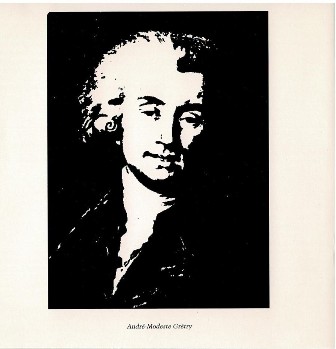Luigi Boccherini ( 1743 – 1805)
| |
Quartetto primoSi bémol majeur/B flat major | Quartetto quartoLa majeur/A major |
Quartetto secondoSol mineur/G minor | Quartetto quintoFa majeur/F major |
Quartetto terzoMi bémol majeur /E flat major | Quartetto sestoFa mineur/F minor |
The cultural life of the Saxon capital Dresden attained, also within the domain of music, a lustre that was matched to the imperial court of Vienna. Princess Amalia lived in the second half of the 18th century at the court of Frederick August II. She was an exceptionally gifted dilettante. Her teacher, the composer Joseph Schuster assembled for her a collection of works for two harpsichords which is unequalled.
The “Quartetti” from Boccherini , originally composed for strings, have only two parts: a form that was used by other composers in the third quarter of the 18th century.
Within the limits of this rather stereotyped scheme, Boccherini manages to develop an astonishing variety of ideas.
André - Modeste Grétry (1741 – 1813) | |
Sonata prima(Si bémol majeur/Bflat major)
| Sonata seconda(La majeur/A major) |

The “Sonata a due Cembali” are bases on themes of “L’Amitié à l’Epreuve”, the opera composed by Grétry in 1770.